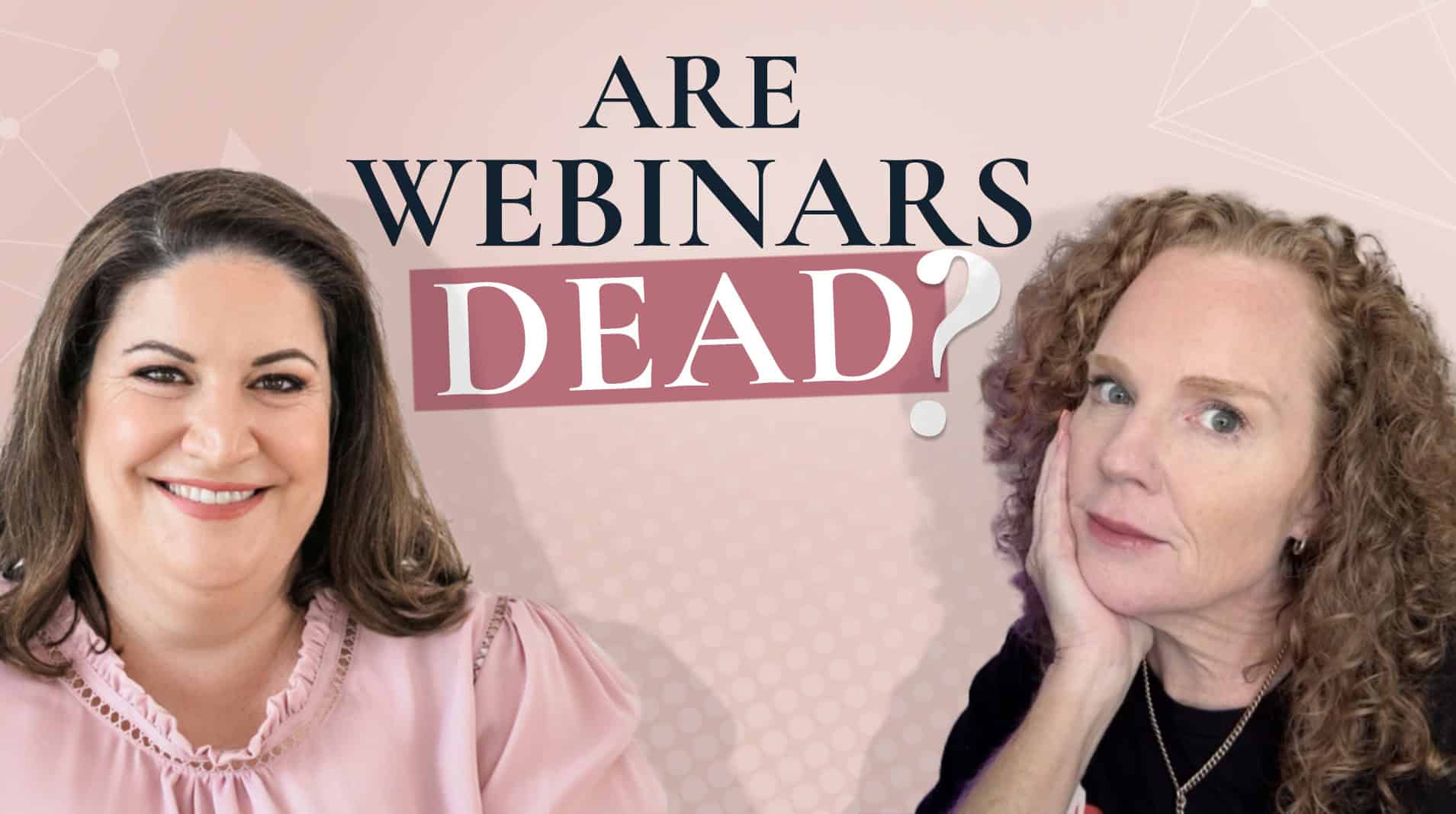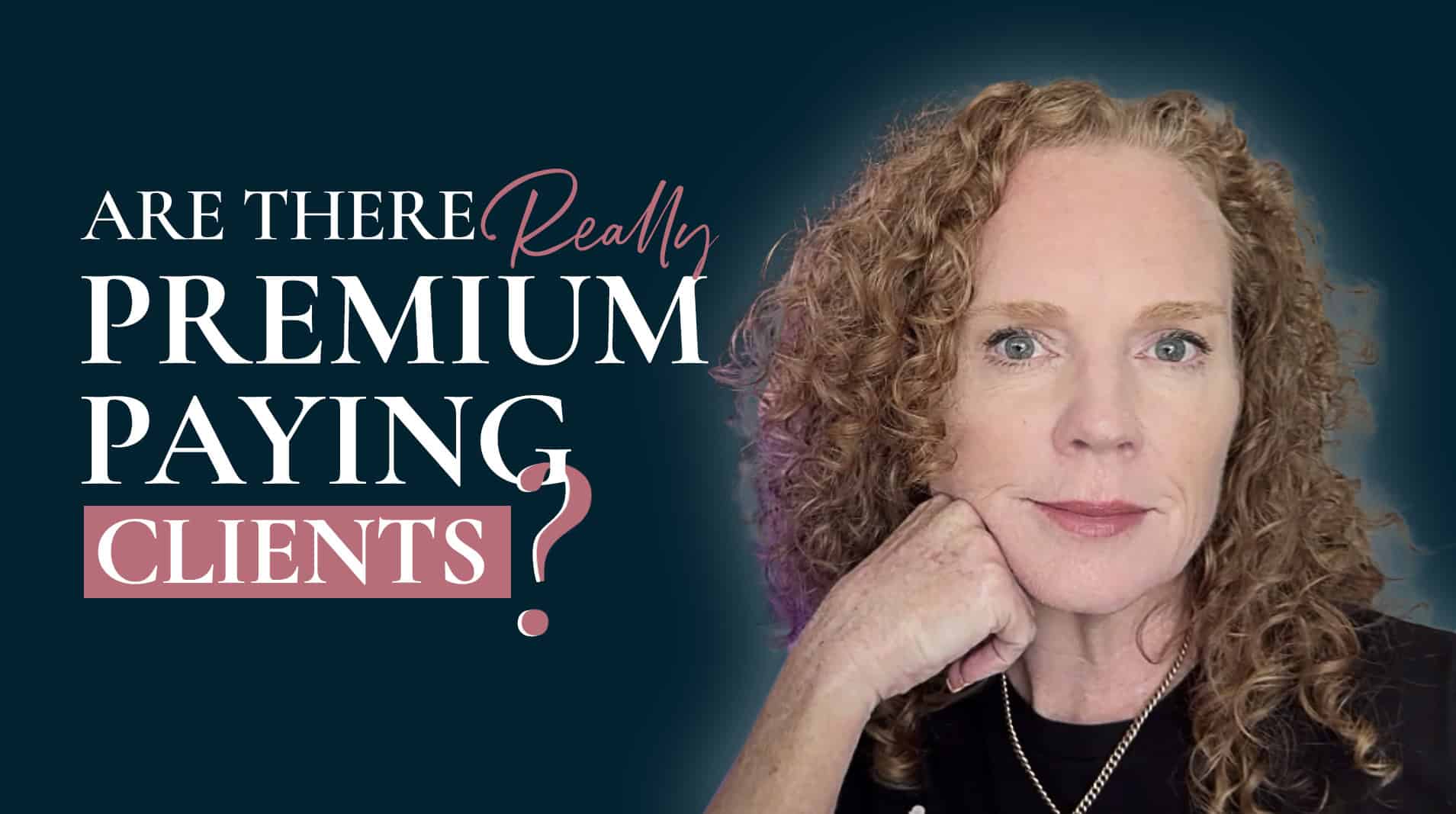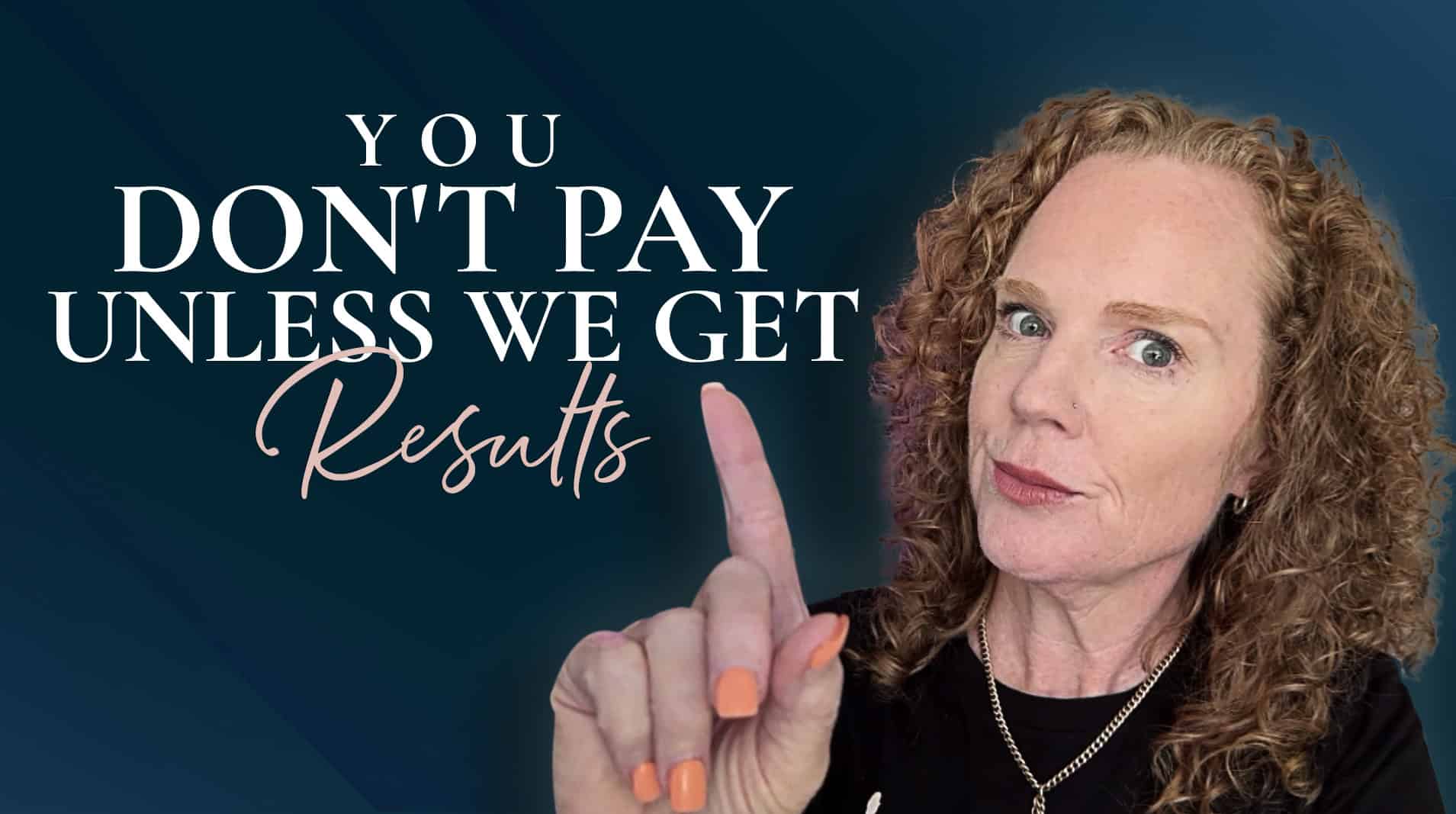There’s been a few things that I’ve learned along the way in my six years of running ads and these are some main points that are going to help you. If you’re just starting out, or maybe you’ve been doing ads for a while, but you feel like things are still all over the place and maybe you haven’t even cracked that six figure a year mark as an ad manager, here’s some things that you can do to help you get there.
Now making six figures a year is not a huge ask as an ad manager. That’s just five clients at $2,000 per month. That’s $10,000 per month, 12 months in the year, $120,000. It is totally doable. And as an ad manager, with any type of experience, you should be charging $2,000 per month as a minimum. If you’ve got more experience, more results from clients, more positive ROIs, you should be charging $3,000 a month. And then also add on a percentage of ad spend as well if they’re spending over a certain amount. Because think about it; if you’re managing $50,000 a month in ad spend, for example, your client’s making $100,000 a month in ad spend, you’re getting paid 2000 or $3,000 a month, there’s a lot of room for you to charge a whole lot more, because of the work that you’re doing, getting those kind of results. So $2,000 a month, five clients, 10 grand a month, easy.
Some of the first steps that you should be looking at to be able to get to those results, if you’re not there already, or if you are, or how you can streamline things is to one, identify who you serve. Maybe at the moment, you’re all over the place. You’re serving lots of various people and it’s taking up a lot of time because you ‘ve got to create custom strategies for each one, and you’re redoing things each time you’re talking to someone new, or you’re doing a new strategy call and you’ve got to do a whole new strategy.
Know who you serve and dial into that particular niche. So for me, working with our coaches and digital courses, webinars are often an essential part of that whole Facebook ad sales funnel. So we know what we’re doing when it comes to running webinar funnels, our lead gen strategies, or audience building strategies through to the webinar, retargeting from the webinar, and then what open and close cart ads we’re wanting after people have watched the webinar or not watched the webinar. So know who you serve.
And then you can focus down into having a streamlined process. Now I know a lot of people will say, there’s no cookie cutter templates and rah, rah, rah, and bag, all of that, but essentially there are. There are strategies that work. All it takes often is just changing the creative around, changing the messaging around so that you’re making it obvious it’s going to be unique for each one of your clients. It’s going to be about their product and their service. But instead of having a carrot, carousel ad or static image ad, you may have video in there. And then you may find that, “Oh okay, this is working well, so let’s do a retargeting audience of this.”
There will always be the little nuances that will come along the way as you see how ads are performing, but basically when you start out, you will start out with a template, a cookie cutter template that after consulting when your client comes on board, how you may nuance it a bit, but basically it’s there. And then you’ll be going through that. Because if we all didn’t have our cookie cutter templates, it would be a nightmare trying to manage multiple clients.
There are guidelines, there are workbooks, there’s our procedures that we have systems in place, which is number two, to manage those clients. But back to number one; who you serve. Now while there could be various people who you serve, come back to it as thinking just lead gen. Do you do lead gen for … and this is where you can have various options as to who you serve, like orthodontists, chiropractors, builders, medispas, plastic surgeons. I’m going with those ones because they’re lead gen that are higher ticket values. Or for coaches working with coaches, who have a higher ticket offer. Those businesses that have a higher lifetime value for their customer, they’re often great ones to be starting at because they will see the value in paying someone $2,000 a month to bring in 10 new clients whose lifetime value is going to be $20,000. So $200,000 right there and they paid you $2,000 a month. See how that’s so achievable? So looking for those businesses that have that higher lifetime value is one way to help identify who you serve.
Systems is number two, having those systems in place. I touched on that just before, but having systems for onboarding. Systems for taking those discovery calls or those interviews with potential clients. Systems for, like I said, onboarding. What happens when somebody comes on board, instead of being all scrambled and all over the place. Daily routines of like, okay, between nine and 10:00 this is when we check all the ad accounts. Tuesdays is when we do our weekly reporting. On the seventh of the month, we do our monthly reporting for the end of the month. And then having those systems for like how the reports are generated, what information is being gathered. That’s going to really serve you well, having those systems in place to be able to have those five clients on board and manage them with ease, rather than being scrambled and all over the place and ad hoc. Believe me, I’ve been there, I’ve done that. Systems save your sanity. They really do. So systems to help you get to be a six figure ad manager.
Next one is strategy, which we’ve touched on already. You will basically have a template for a strategy. This really helps when you do come in and focus on a niche of who you’re serving, whether it’s going to be lead gen, whether it’s going to be coaches or consultants, which is typically who I’m talking to, but if you’re e-com then good luck to you there. That’s awesome as well. You’ll obviously get some strategies together for that.
Basically you will have predetermined strategies of what to do for a webinar funnel, what to do for a launch campaign for a high ticket coach, what to do for a challenge funnel, for example, we’ve run a few of those in the past where there’ll be a five day challenge, what to do for a messenger bot sequence, getting those strategies in play. You might do a new one for a client every now and then absolutely, but then systematize that strategy, so that when you’ve got another client coming on board, or who is on board and they want to try something, you go, “Yep,” we know exactly what to do. You’ve got that system down in play and you just tweak it to suit the individual customer. So having those preset strategies that you know work, you just need to change up the offer and the message.
The fourth thing is, as we mentioned, knowing who you serve, so getting into those niches. For example, service providers, or orthodontists or chiropractors or those plastic surgeons and such. So having your niche, but then add diversity to it with the sub-niche. That’s something that we’ve seen in particular with the coronavirus issue and industries just shutting down overnight. I know people who had all clients that were in the hospitality niche, all gone overnight. Clients who had gym clients, all overnight shut down. Have diversity in your niche.
For example, your niche is lead gen. You can do lead gen till the cows come home. You can do lead gen for beauty spas. You can do lead gen for gyms. You could do lead gen for service providers. You could do lead gen for … what is it? Did I say orthodontists already? You could be a lead gen specialist, but then have some diversity by going to a few different sectors in case some sectors have some issues that they may not perform so well or may not perform so well at certain times of the year, you’ve got other clients in other sub niches in that lead gen.
Diversity in your sub-niches is so important in case for example, there would be a particular niche that sort of has a bit of a lull at some time of the year, you don’t want to have five clients all going through the same kind of lull. So having that diversity in lead gen, for example, or whatever niche that you may be in would be very wise so that you’re not all banked on one kind of particular niche. We can do lead gen, but do lead gen across a few different sub-niches, which is going to be a lot better for your business and a lot more stable.
The fifth thing to help you to get to five figures is to get support. As I’ve said in other episodes, you can’t do it all yourself. So whether that’s support is, first of all, outsourcing; just getting a copywriter to do something, graphic designer to do the artwork. What I love is getting a VA on board, showing them how to do some Facebook ads, how to do some account management, how to just get the weekly or daily stats so that they can compile the reports. Even if it’s five or 10 hours a week, that’s going to be great support for you to be able to just have some more head space, to manage the strategies a bit more, to communicate with your clients and continue to build up that relationship with them. And then maybe it can open up the door for like maybe a sixth client or whatever it may be so that you can make that little bit extra. If you take on board a sixth client paying $2,000 or so a month that can very well take care of your VA.
You certainly don’t want to be the lone ranger. You don’t want to be the only one that’s responsible with these eyes on these campaigns. I’ve done that before. I know it’s very lonely. It’s a great thing just to have someone else, an outsider who’s able to help you out do some of the administrative tasks that you shouldn’t be doing, and so you can focus on those higher levels, more money generating, or just going out and enjoying a coffee with some friends. You don’t want to be tied to the computer all day and night managing ad accounts. Get someone aboard who can support you. That’ll go a long way to saving your sanity and having a very enjoyable business and lifestyle making six figures per year as an ad manager, without a university degree, without a big student loan, without all the rest of it. The world’s your oyster when it comes to learning these new skills.
It really is!




